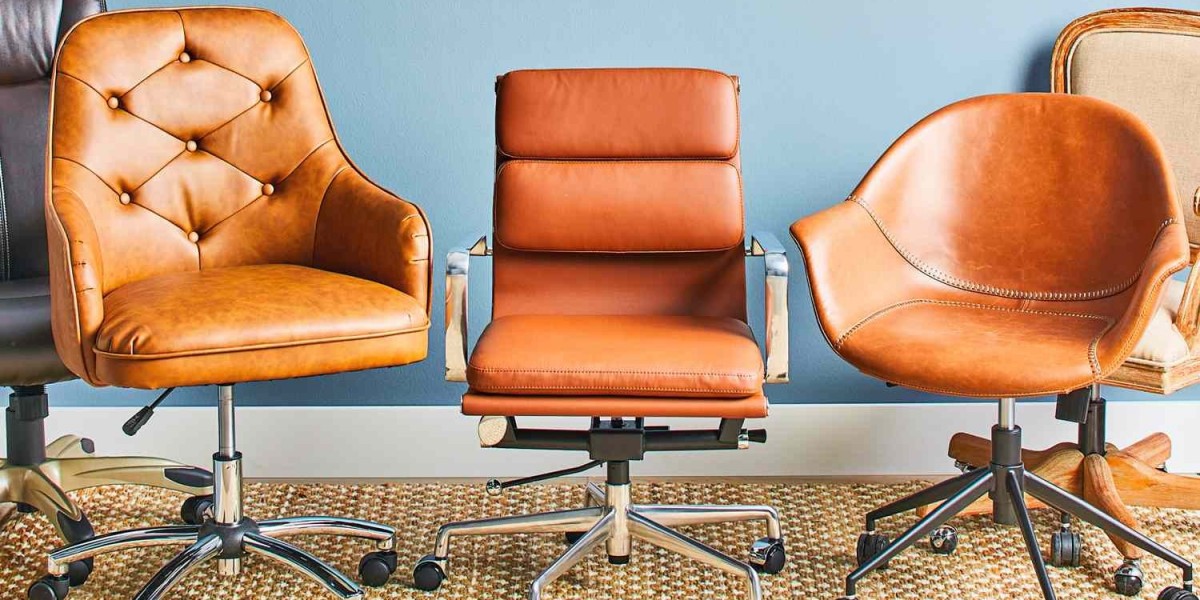Collaborative workspaces are becoming the standard in modern offices, as companies move away from traditional cubicles and private offices to foster teamwork, creativity, and communication. Designing a collaborative workspace requires more than just removing walls; the right office furniture plays a crucial role in encouraging interaction while maintaining functionality. Heres how you can create an effective collaborative workspace using the right furniture:
1. Open-Plan Layouts for Flexibility and Interaction
One of the key aspects of collaboration is open communication, and furniture can be arranged to encourage this. In an open-plan layout, choose furniture that supports flexibility and teamwork.
- Work Benches and Shared Desks: Long, communal desks (also known as benching systems) allow multiple employees to work together without barriers. These shared surfaces foster spontaneous conversations and idea sharing.
- Moveable Furniture: Modular desks and tables on wheels allow teams to easily reconfigure their workspace based on their needs, whether its for a group meeting, individual work, or team projects.
Tip: Ensure enough space between workstations to prevent overcrowding, allowing for freedom of movement and flexibility.
2. Comfortable Collaborative Seating
Comfort is key in a collaborative environment, especially for spaces where team members might spend hours brainstorming or problem-solving together.
- Soft Seating and Lounge Areas: Incorporating lounge seating such as sofas, armchairs, or even bean bags in common areas can provide a relaxed atmosphere where employees feel comfortable sharing ideas.
- Modular Seating Systems: Modular seating arrangements can be adjusted and reconfigured to fit groups of different sizes, making them ideal for dynamic team setups.
- Huddle Spaces: Create smaller, informal meeting areas with comfortable seating that allows teams to break away for quick discussions or creative sessions.
Tip: Use a mix of seating options to accommodate different collaboration styles, from casual lounges to formal group meetings.
3. Collaborative Tables for Group Work
Having the right tables for teamwork and discussions is essential in a collaborative office.
- Large Conference Tables: In meeting rooms or communal spaces, large conference tables encourage face-to-face interaction and group discussions.
- Standing Desks and High Tables: Standing-height tables or sit-stand desks promote active collaboration, allowing employees to engage more freely and move around while working.
- Round Tables for Small Groups: Round tables work well for smaller teams, creating an inclusive setting where everyone can participate equally.
Tip: Choose tables with built-in power outlets or USB ports to ensure employees can easily connect their devices without disrupting the flow of the meeting.
4. Private Pods and Focused Workstations
While collaboration is important, employees also need spaces for focused work or private conversations. Balance your collaborative workspace with furniture that allows for privacy when needed.
- Acoustic Pods or Booths: Soundproof pods or booths provide private spaces for phone calls or focused work, without the need for permanent walls. These pods create quiet zones in otherwise open environments.
- Privacy Panels and Dividers: Use moveable panels or partitions to create visual and acoustic separation without completely isolating employees. They allow individuals to focus without feeling cut off from the team.
- Focus Rooms with Flexible Seating: Include small rooms or corners with comfortable chairs, individual desks, or cozy nooks where employees can retreat for focused work or one-on-one conversations.
Tip: Ensure that these areas are accessible but not disruptive to the main workspace, maintaining a balance between collaboration and concentration.
5. Technology-Integrated Furniture
Modern collaboration relies on technology, and your office furniture should support seamless connectivity and ease of use.
- Conference Tables with Built-In Technology: Choose tables with integrated power outlets, HDMI ports, and wireless charging capabilities to make meetings and presentations more efficient.
- Smart Boards and Screens: Interactive whiteboards and large screens are perfect for brainstorming sessions, presentations, or team collaboration on digital projects.
- Cable Management Systems: Avoid the clutter of cables by choosing desks and tables with built-in cable management features to keep the workspace tidy and functional.
Tip: Ensure your furniture can accommodate the latest technology, such as video conferencing setups or wireless presentation tools, for a fully connected collaborative workspace.
6. Incorporate Breakout Spaces
In addition to formal meeting rooms, breakout spaces provide areas for casual collaboration and creative thinking.
- Informal Break Areas: Create a mix of breakout spaces where employees can gather to relax or have impromptu discussions. These areas can include lounge chairs, coffee tables, and soft seating.
- High-Top Tables and Stools: Breakout spaces with high-top tables and stools offer a standing alternative for shorter, informal discussions or quick team huddles.
- Creative Zones: Consider adding writable surfaces like whiteboard walls or tables, where teams can quickly jot down ideas and collaborate visually.
Tip: Place breakout spaces near work areas to encourage spontaneous collaboration while still being accessible for focused tasks.
7. Versatile Storage Solutions
Clutter can disrupt collaboration, so keeping the workspace organized with the right storage solutions is essential.
- Shared Storage Units: Centralized storage units, such as filing cabinets or shelving, give teams easy access to shared materials, documents, or supplies.
- Mobile Storage: Storage units on wheels can be moved to wherever theyre needed, helping to keep project materials close to collaborative workstations.
- Under-Desk Storage: Use compact, under-desk storage for personal items to keep desks free of clutter, allowing for a clean and organized work environment.
Tip: Ensure theres enough storage for team projects, with solutions that can be customized for different groups or departments.
8. Incorporate Biophilic Design
Adding natural elements to a collaborative workspace can boost creativity and improve the overall environment.
- Natural Lighting: Position desks and communal spaces near windows to take advantage of natural light, which has been shown to improve mood and productivity.
- Indoor Plants: Place plants throughout the office to create a calm and inviting atmosphere. Plants also improve air quality and contribute to a healthier work environment.
- Wood and Natural Materials: Choose furniture made from natural materials like wood, bamboo, or reclaimed materials to enhance the biophilic design.
Tip: Use natural elements to break up large spaces and create a sense of openness and tranquility in collaborative areas.
9. Personalization and Customization
Allowing employees to personalize their workspaces can enhance collaboration by fostering a sense of ownership and belonging.
- Customizable Desks and Workstations: Modular desks that can be personalized or adjusted to individual needs promote comfort and engagement, encouraging better collaboration.
- Team-Specific Zones: Set up areas for different teams with custom seating arrangements, furniture configurations, and personal storage that suit their specific work style.
- Personal Storage Spaces: Provide individual lockers or storage solutions where employees can keep personal items while using shared spaces.
Tip: Offering customization options can make collaborative workspaces feel more comfortable and tailored to the unique needs of each team.
Conclusion
Creating a collaborative workspace is about more than just an open floor plan. The right office furniture can transform your workspace into a hub of creativity, productivity, and teamwork. By focusing on flexible layouts, comfortable seating, technology integration, and a balance between collaboration and privacy, you can design a workspace that encourages interaction and supports the diverse needs of your employees.






